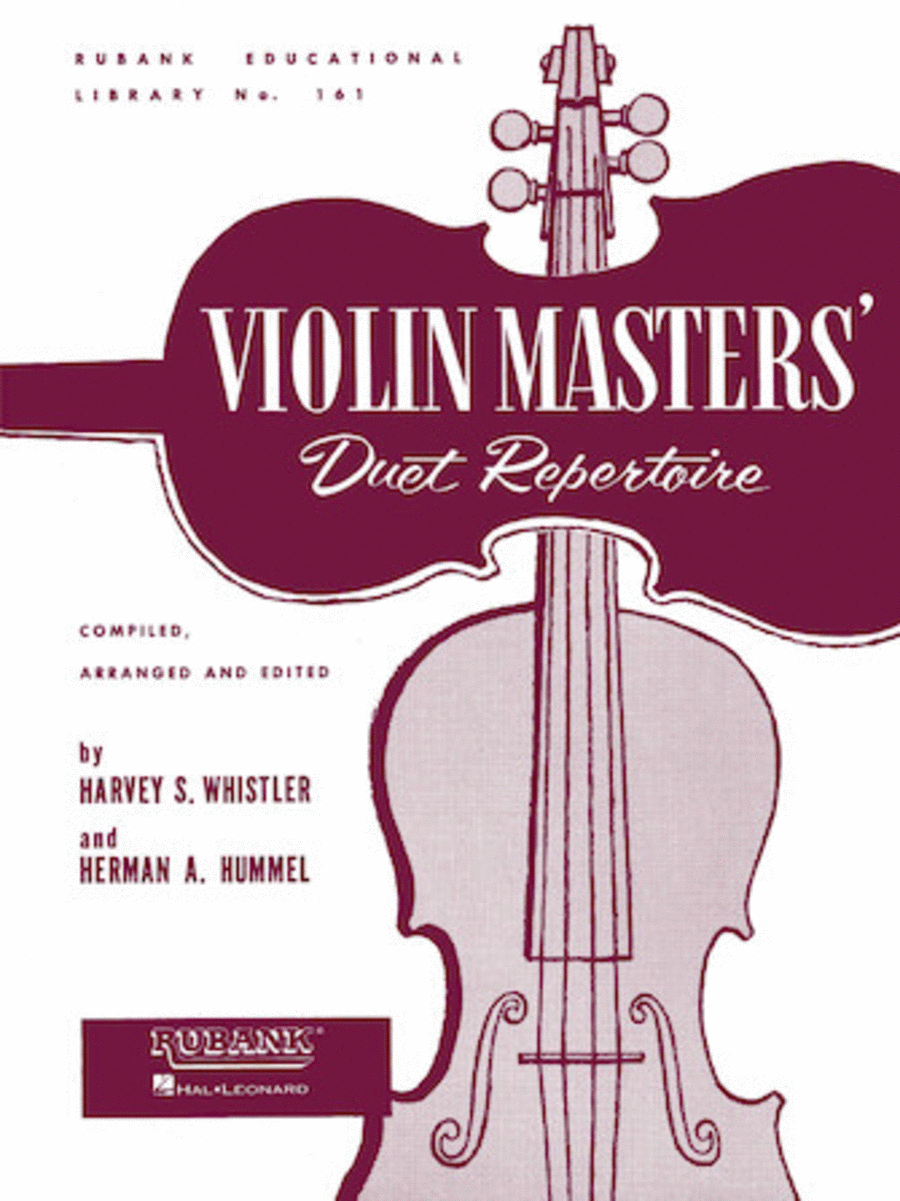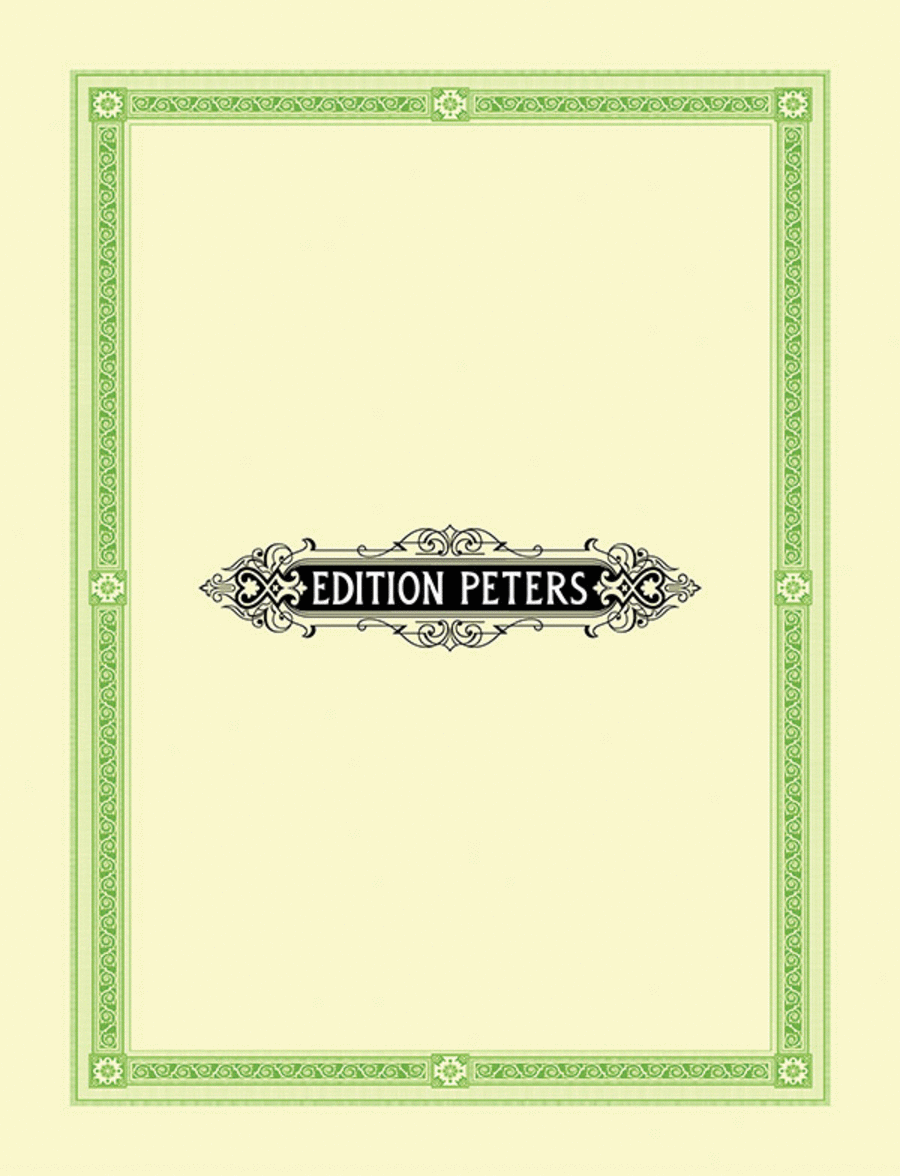Joseph Joachim Raff (1822 – 1882) was a German-Swiss
composer, teacher and pianist born in Lachen in
Switzerland. His father, a teacher, had fled there from
Württemberg in 1810 to escape forced recruitment into
the military of that southwestern German state that had
to fight for Napoleon in Russia. Joachim was largely
self-taught in music, studying the subject while
working as a schoolmaster in Schmerikon, Schwyz and
Rapperswil. He sent some of his piano compositions to
Felix Mendelssohn who ...(+)
Joseph Joachim Raff (1822 – 1882) was a German-Swiss
composer, teacher and pianist born in Lachen in
Switzerland. His father, a teacher, had fled there from
Württemberg in 1810 to escape forced recruitment into
the military of that southwestern German state that had
to fight for Napoleon in Russia. Joachim was largely
self-taught in music, studying the subject while
working as a schoolmaster in Schmerikon, Schwyz and
Rapperswil. He sent some of his piano compositions to
Felix Mendelssohn who recommended them to Breitkopf &
Härtel for publication. They were published in 1844
and received a favourable review in Robert Schumann's
journal, the Neue Zeitschrift für Musik, which
prompted Raff to go to Zürich and take up composition
full-time.
In 1845, Raff walked to Basel to hear Franz Liszt play
the piano. After a period in Stuttgart where he became
friends with the conductor Hans von Bülow, he worked
as Liszt's assistant at Weimar from 1850 to 1853.
During this time he helped Liszt in the orchestration
of several of his works, claiming to have had a major
part in orchestrating the symphonic poem Tasso. In
1851, Raff's opera König Alfred was staged in Weimar,
and five years later he moved to Wiesbaden where he
largely devoted himself to composition. From 1878 he
was the first Director of, and a teacher at, the Hoch
Conservatory in Frankfurt. There he employed Clara
Schumann and a number of other eminent musicians as
teachers, and established a class specifically for
female composers. (This was at a time when women
composers were not taken very seriously.) His pupils
there included Edward MacDowell and Alexander
Ritter.
Raff was very prolific, and by the end of his life was
one of the best known German composers, though his work
is largely forgotten today. (Only one piece, a cavatina
for violin and piano, is performed with any regularity
today, sometimes as an encore.) He drew influence from
a variety of sources - his eleven symphonies, for
example, combine the Classical symphonic form, with the
Romantic penchant for program music and contrapuntal
orchestral writing which harks back to the Baroque.
Most of these symphonies carry descriptive titles
including In the Forest (No. 3), Lenore (No. 5) and To
the Fatherland (No. 1), a very large-scale work lasting
around seventy minutes. His last four symphonies make
up a quartet of works based on the four seasons. Arturo
Toscanini conducted some performances of the Symphony
No. 3 In the Forest in 1931.
One of Raff's earliest compositions was the Fantaisie
et Variations brillantes op.6 which he wrote in
Rapperswil in 1843, whist working as a schoolteacher
there. At Mendelssohn's urging, it and several other
piano works were published by Breitkopf & Härtel but
the company soon lost interest in the young composer.
35 years later, Breitkopf approached the now famous
Raff to write some new compositions for them to publish
but instead, at his suggestion, he completely rewrote
this and a number of other early works. Apart from the
key of E flat and the variations format, he retained
nothing of the original. The simple, almost childish
theme of the new set is enhanced and transformed
through a set of 17 imaginative variations in moods
ranging from the contemplative to the frenetic,
demanding virtuosity of a high order as they become
progressively grander and more complex until Raff
embarks upon the work's fugal finale. Overall, though,
there remains something of the classroom about this ten
minute long set, as if Raff was harking back to the
days when he composed his original op.6, or maybe
reflecting his new teaching role as director of the
Hoch Conservatory.
Source: Wikipedia
(https://en.wikipedia.org/wiki/Joachim_Raff).
Although originally composed for Solo Piano, I created
this Interpretation of the Variations in Eb Major (Opus
6) for String Quartet (2 Violins, Viola & Cello).









